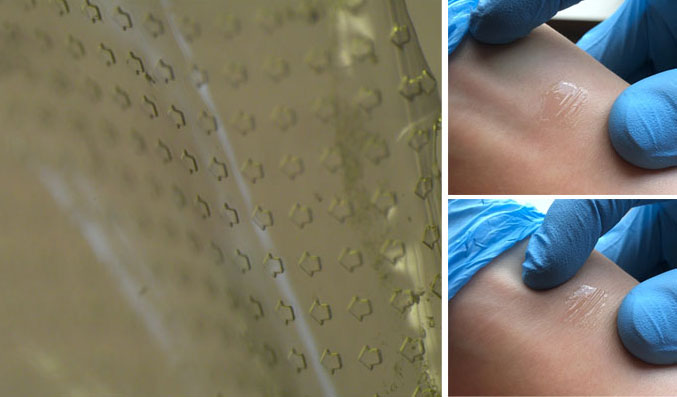VCU researchers create new silk material for biomedical uses
Silk proteins have been used for years in various applications, Yadavalli said. But for high-tech uses, “if you want to control how you arrange or pattern the proteins very precisely, you need other functionalities that are not available in the regular silk cocoon or protein. That’s where this technology comes in. It’s taking a protein and converting it into a form that allows us to make very precise microscale architectures. The patent that we have covered this transformation.”
Photolithography is a method of creating patterns using UV light and light-sensitive materials. By transforming the silk protein in this way, it can be used as structural elements in biosensors, biophotonics, bioelectronics and other uses that directly interface with the body.

Natural materials, especially those that are flexible and biodegradable, are an appealing alternative to conventional silicon and inorganic materials. Being able to control the pace at which the materials degrade means that a biosensor could be implanted into the body, but “you then don’t have to go in and take it out later,” he said.
The project was supported in part by a grant from the National Science Foundation to engineer and fabricate biodegradable sensors.
Yadavalli said the recent paper was part of an expanding partnership with the Italian researchers. The VCU College of Engineering has recently signed an agreement with the University of Trento’s Department of Industrial Engineering to encourage future international faculty and student exchanges between Trento and VCU’s Department of Chemical and Life Science Engineering. “We’re continuing to collaborate,” he said.
